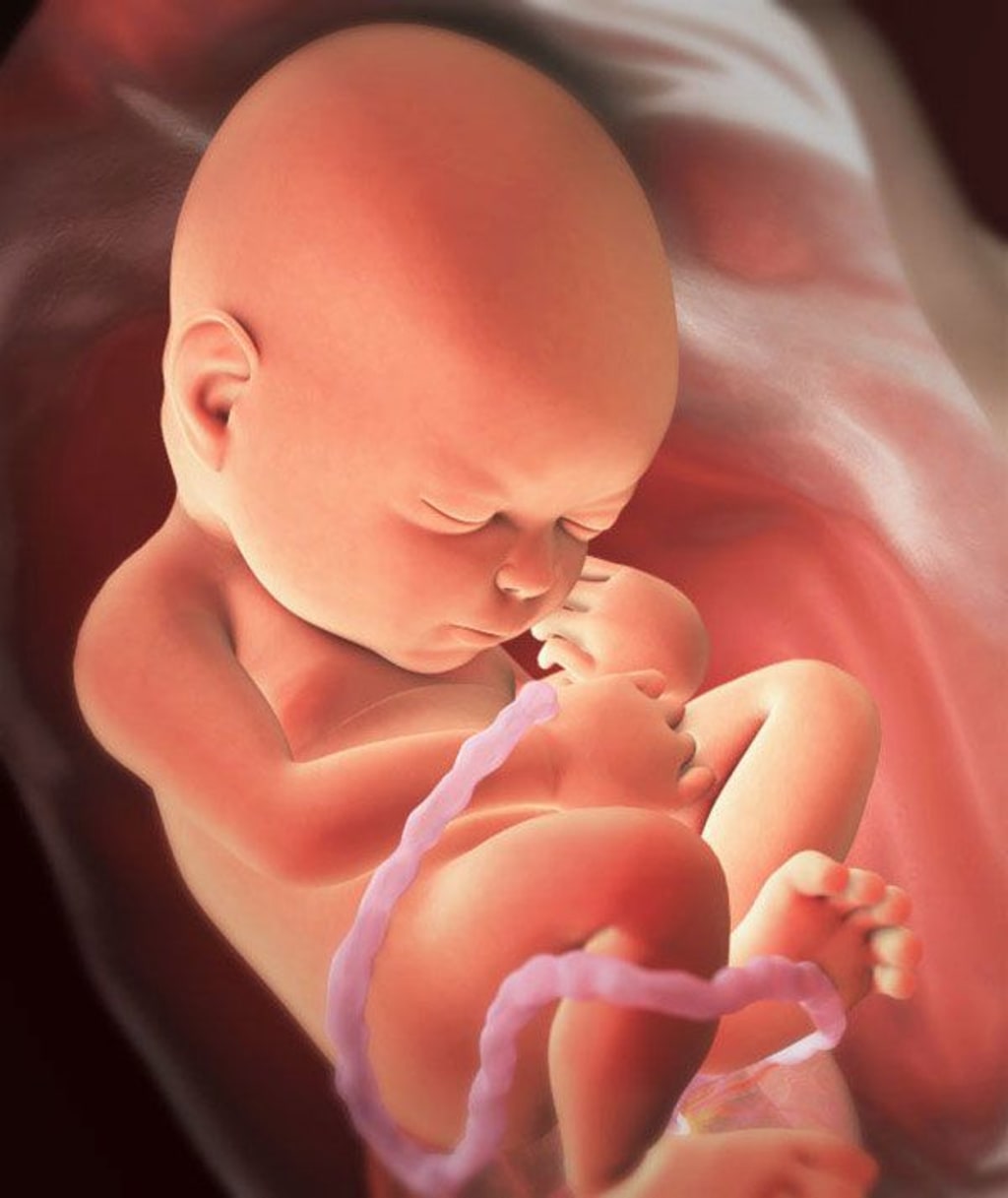Reaching the Terminus of Infertility
IMAGINE IF ANYONE WHO WANTED TO HAVE A CHILD, WHETHER THEY’RE STRAIGHT, GAY, YOUNG, OLD,

Could those who've overcome cancer, or even those parenting alone, soon find it effortlessly possible to bring forth a healthy baby? With the advent of contemporary tools, technologies, and therapeutic approaches on the horizon, there's a belief that the era of infertility might be drawing to a close. However, a crucial question remains: will this future be characterized by vast embryo cultivation and the specter of eugenics, or will it ensure that the fundamental joys of parenthood are universally accessible?
How imminent is the resolution of infertility?
In the present day, approximately 12% of couples endeavoring to conceive are affected by infertility. This is a multifaceted challenge without a singular straightforward solution. Primary culprits encompass male factor infertility, tubal factor infertility, as well as ovulation disorders wherein egg release is hindered. Additionally, unexplained infertility remains a confounding aspect. Moreover, one of the more recent factors contributing to infertility is the trend of delaying childbearing, primarily due to age-related concerns.
People are delaying their fertility and their childbearing for multiple reasons.
ON THE MEDICAL SIDE OF THINGS, THERE’S A LONG LIST OF OPTIONS AVAILABLE TO HETEROSEXUAL
PATIENTS, DEPENDING ON THEIR DIAGNOSIS, INCLUDING OPTIMIZATION OF INTERCOURSE,
HORMONE THERAPY, AND INTRAUTERINE INSEMINATION…
And then there is IVF, which is, as we call it, bigger guns.
It's more invasive, but also a more successful treatment that we have.
IVF STANDS FOR IN-VITRO FERTILIZATION, WHERE EGGS AND SPERM ARE COMBINED IN A LAB, AND THE
RESULTING FERTILIZED EMBRYO IS IMPLANTED IN A WOMAN’S UTERUS.
- It was a technology that really I think blew people’s minds, the idea that we could
have reproduction occur outside the body.
But these days, It’s become part of the natural landscape of human reproduction.
BUT FOR SOME COUPLES, IVF WILL ONLY GET THEM SO FAR.
In cases where the production of eggs or sperm becomes a challenge, the avenue of In Vitro Fertilization (IVF) for creating a family becomes less straightforward. Infertility has a medical basis, signifying the absence of essential elements required for reproduction. On the other hand, dysfertility relates to the societal aspect of reproduction. Notable examples include gay and lesbian individuals who require gametes or a surrogate from the opposite sex, and single individuals lacking a reproductive partner.
In light of these challenges, researchers like Amander Clark are exploring groundbreaking avenues in stem cell biology. Their efforts are uncovering insights into the origins of infertility, potentially paving the way for an innovative method of reproduction that doesn't initially rely on traditional eggs or sperm. Instead, this approach centers on induced pluripotent stem cells.
In essence, adult skin cells can be transformed into pluripotent stem cells through a process involving specific transcription factors. These induced pluripotent stem cells can be derived from a skin punch biopsy and subsequently cultivated. Remarkably, Clark's team has demonstrated the ability to use this technique to create germline cells, which are the precursors to eggs and sperm. This opens up the possibility of moving these precursor germ cells toward further developmental stages, bringing us closer to the creation of functional eggs and sperm cells.
This advancement could potentially lead to a significant breakthrough: In-Vitro Gametogenesis (IVG), a process already proven successful in mice. However, as with any groundbreaking technology, there are ethical considerations. Creating eggs and sperm from skin cells prompts profound questions about the essence of reproduction. Just as In Vitro Fertilization sparked intense debate upon its introduction, IVG has generated concerns of its own.
One concern is the possibility of embryo farms, where the production of thousands of embryos for selection becomes a reality. This raises ethical dilemmas related to eugenics, commodification of embryos, and the mass storage or disposal of genetic material. Moreover, scenarios like the "Brad Pitt scenario" emerge, where a person's genetic material can be used for reproduction without their consent or involvement.
These emerging possibilities compel us to redefine the very concept of reproduction. Although these ethical dilemmas are undeniably complex, they underscore the evolving nature of reproductive technologies. With an array of tools at our disposal and further innovations on the horizon, the resolution of infertility may be closer than we imagine.
The concept of in-vitro gametogenesis, involving the creation of functional gametes such as eggs for research purposes, seems to lie within a timeframe of approximately five to 10 years. The primary challenge on the horizon is transitioning this promising research from the laboratory setting to clinical application, where it could potentially offer solutions to couples struggling with infertility.
A convergence of advancements is pushing us closer to resolving various forms of infertility. Individuals affected by mitochondrial diseases can now explore the possibilities offered by mitochondrial replacement therapies. The prospects of gene editing hold potential for addressing other genetic conditions. Meanwhile, women grappling with uterine factor infertility have the option of uterus transplants in regions where it's available.
The notion of in-vitro gametogenesis might currently evoke a sense of science fiction, not unlike how in-vitro fertilization (IVF) once did around half a century ago. Yet, ongoing research efforts are propelling us toward this horizon. It's plausible that within the span of perhaps 10, 30, or even 40 years, we could witness the emergence of clinical applications stemming from in-vitro gametogenesis.
This trajectory underscores the remarkable transformation of concepts from imaginative fiction to tangible reality within a single generation. As the boundaries between imagination and science continue to blur, the potential for groundbreaking advancements in reproductive technology becomes increasingly promising.
About the Creator
Enjoyed the story? Support the Creator.
Subscribe for free to receive all their stories in your feed. You could also pledge your support or give them a one-off tip, letting them know you appreciate their work.






Comments
There are no comments for this story
Be the first to respond and start the conversation.